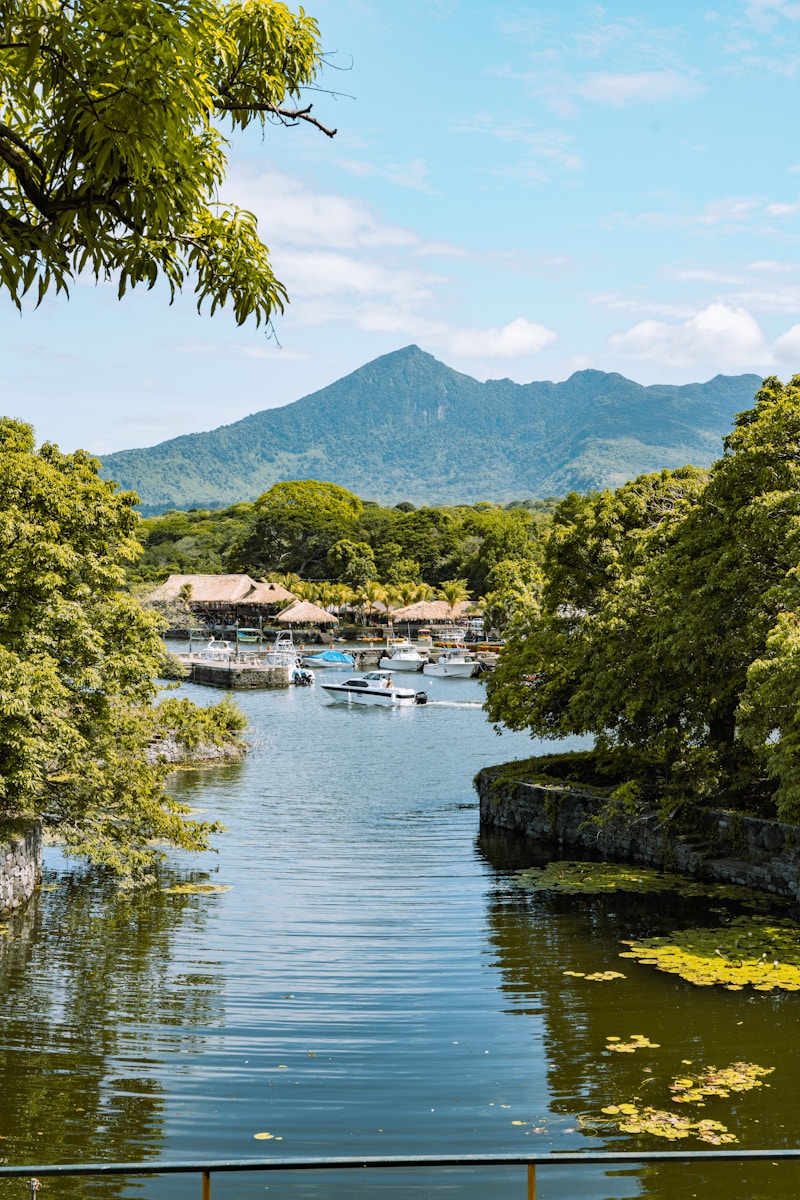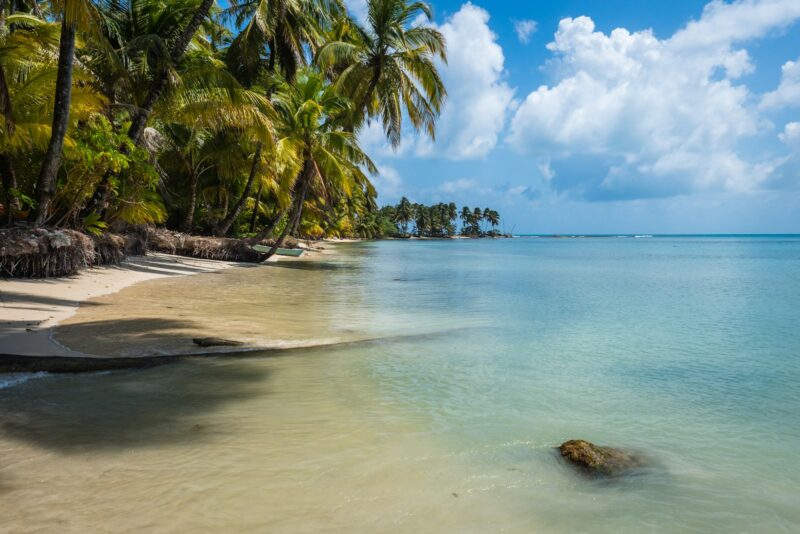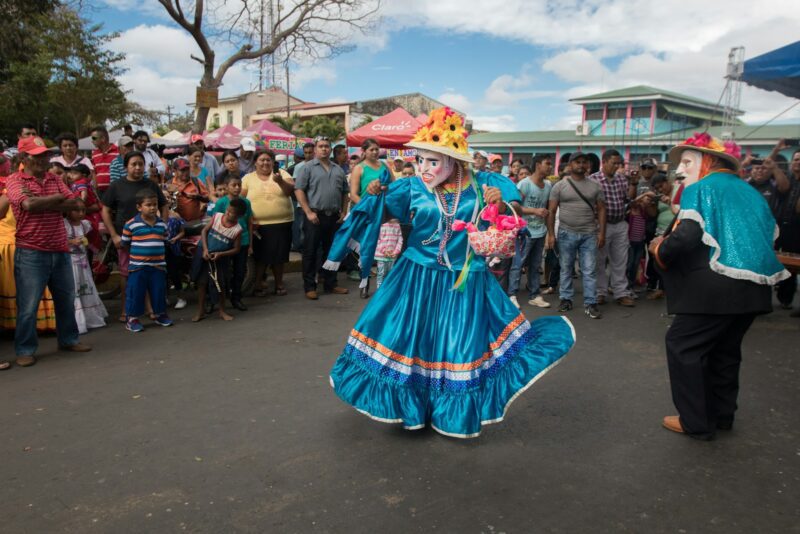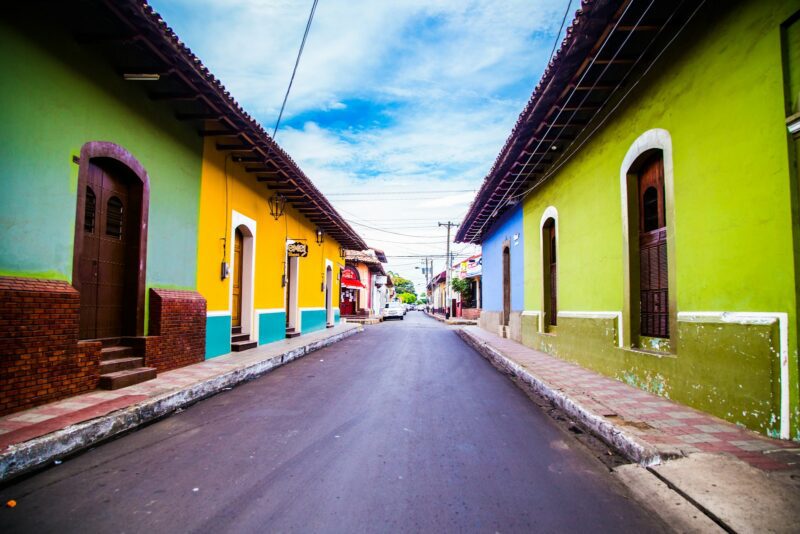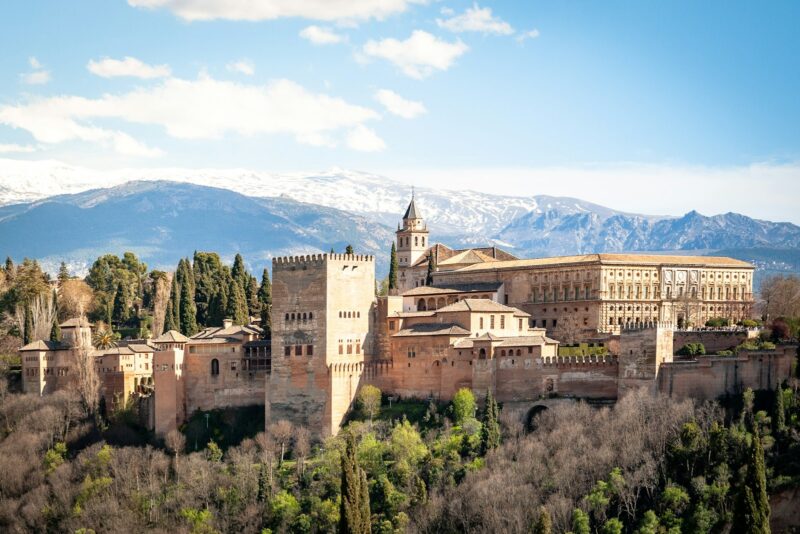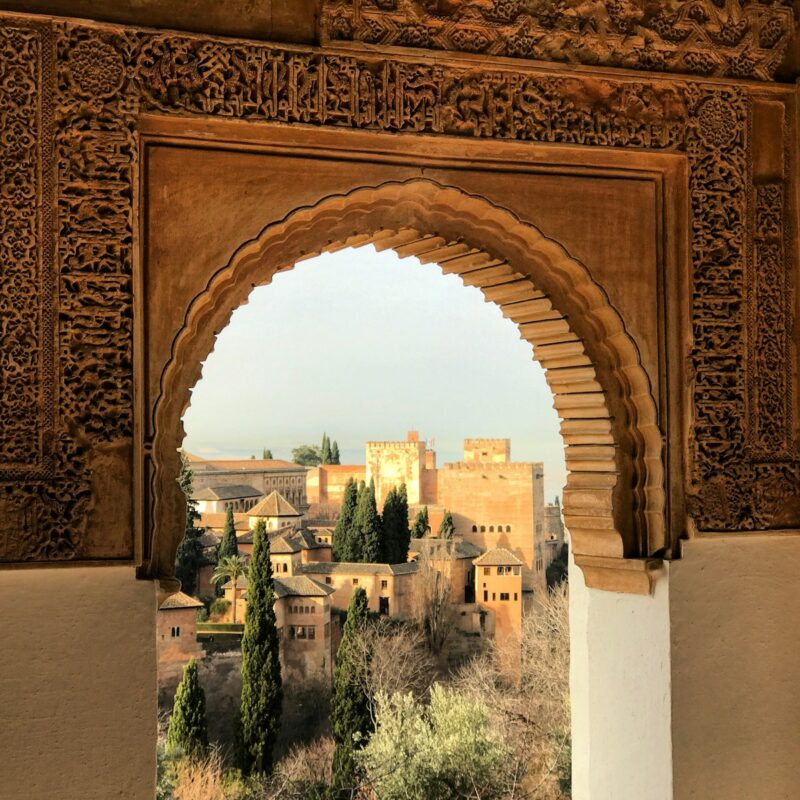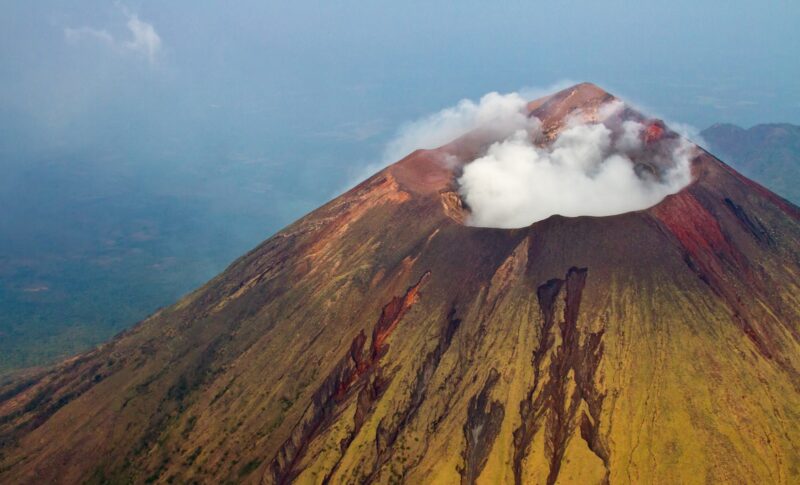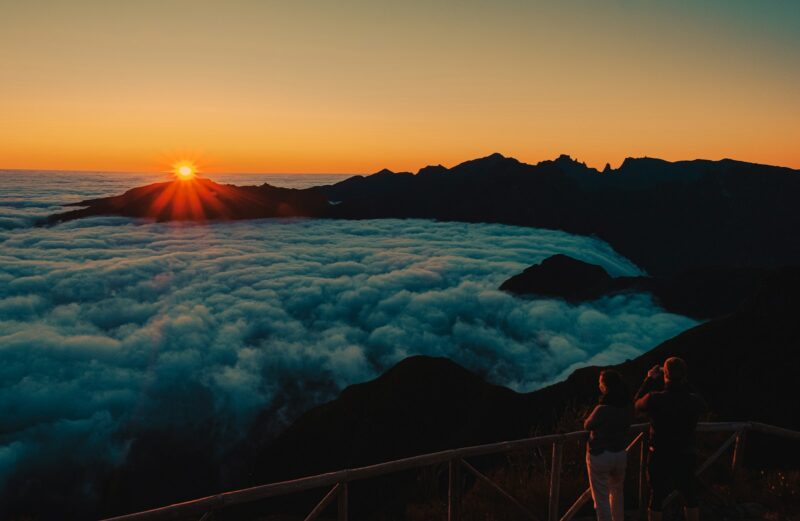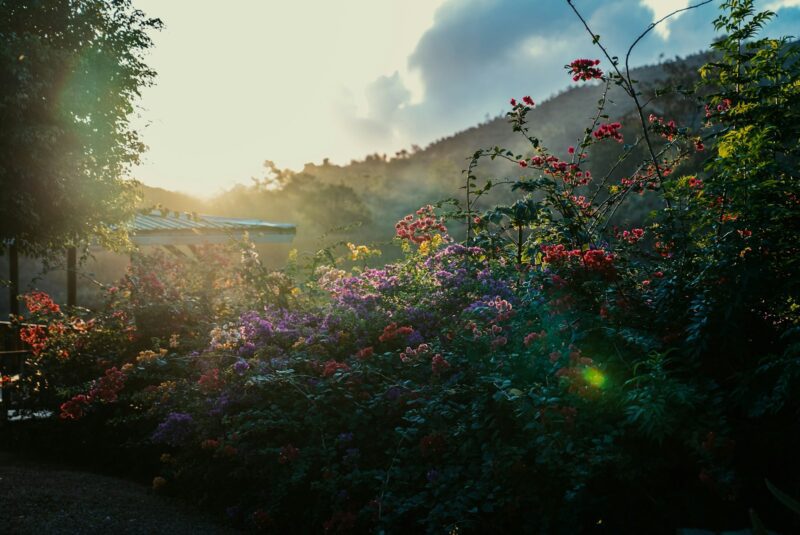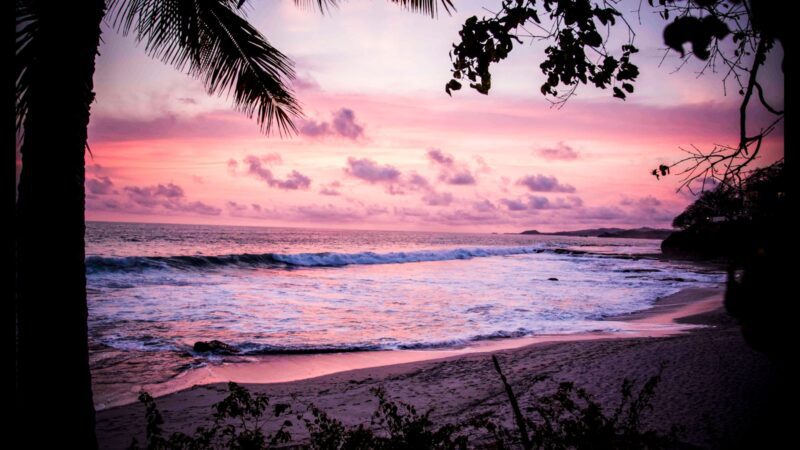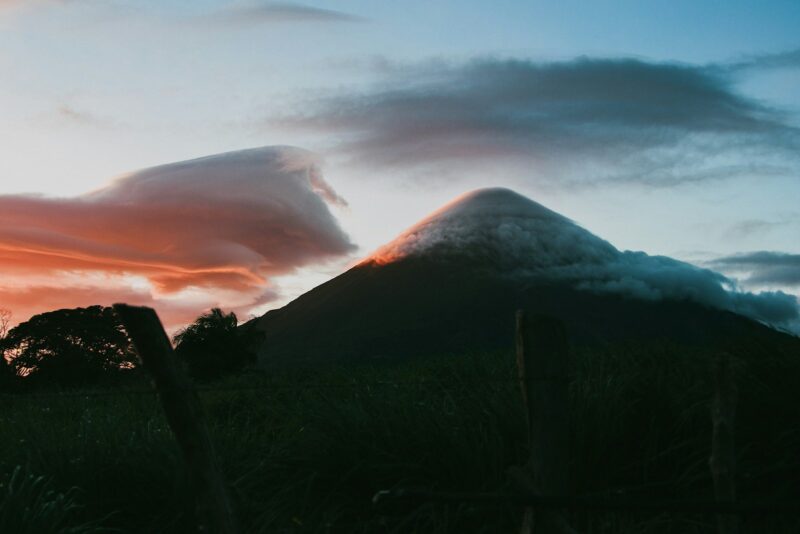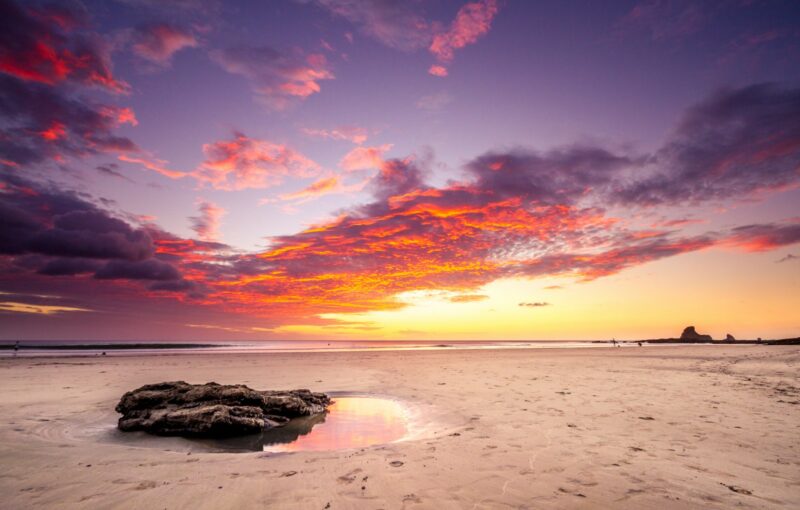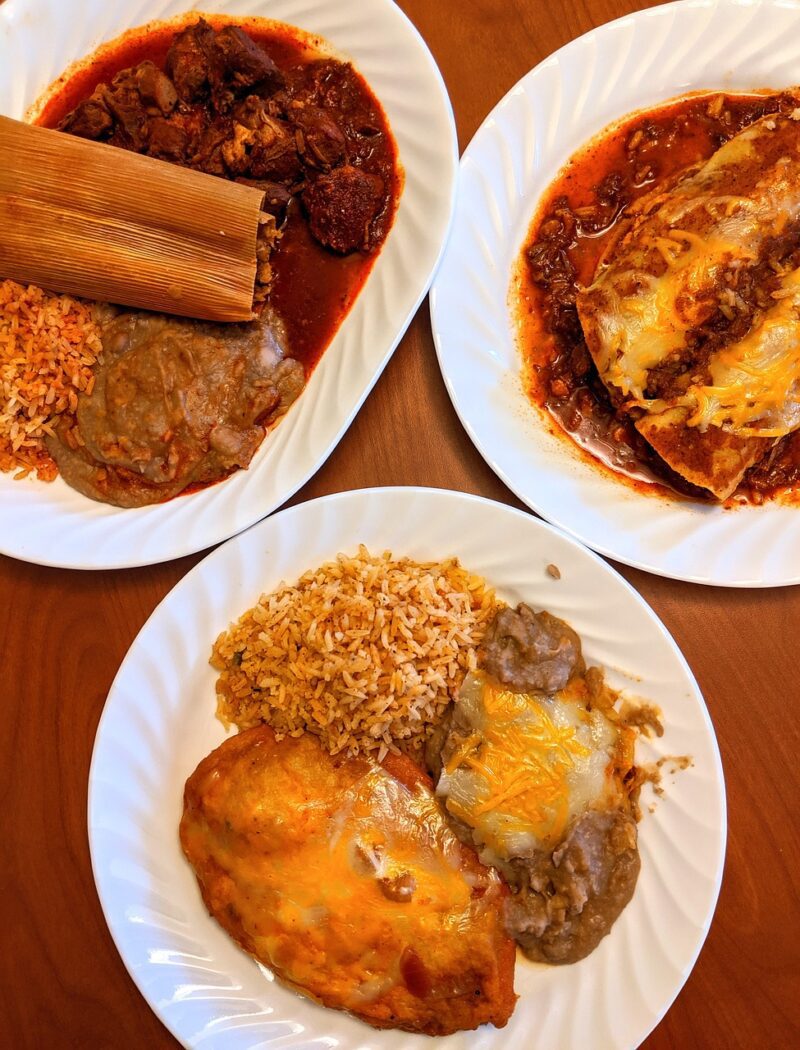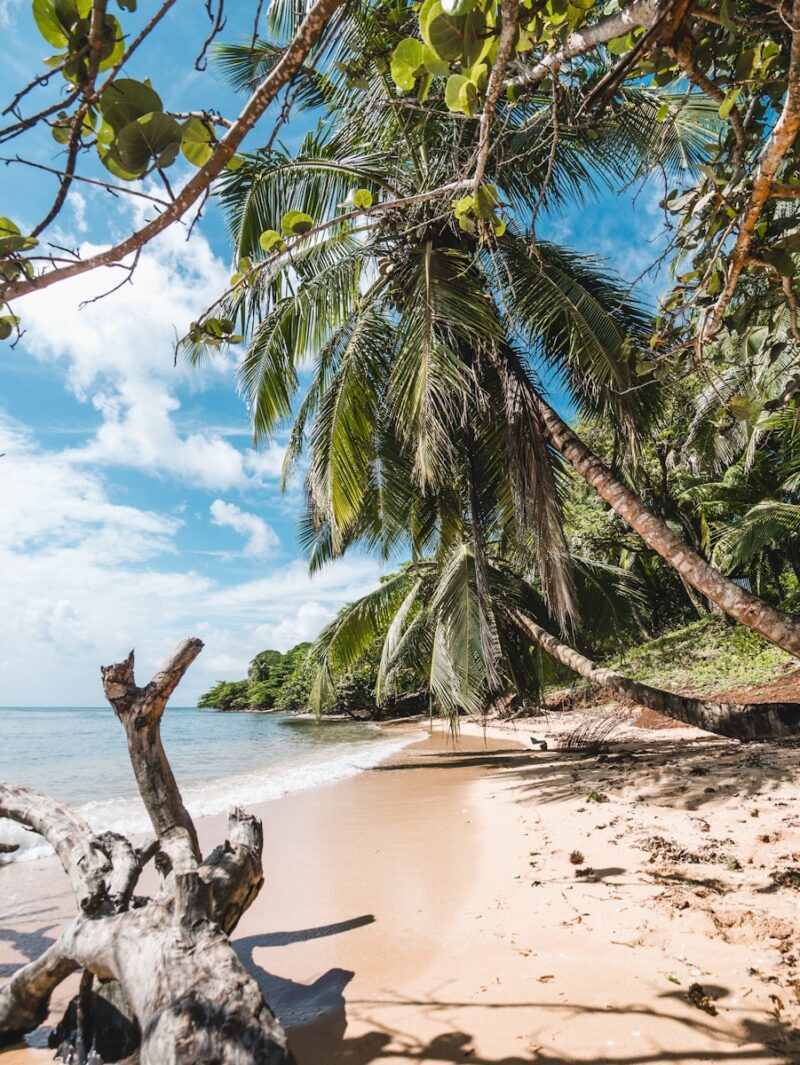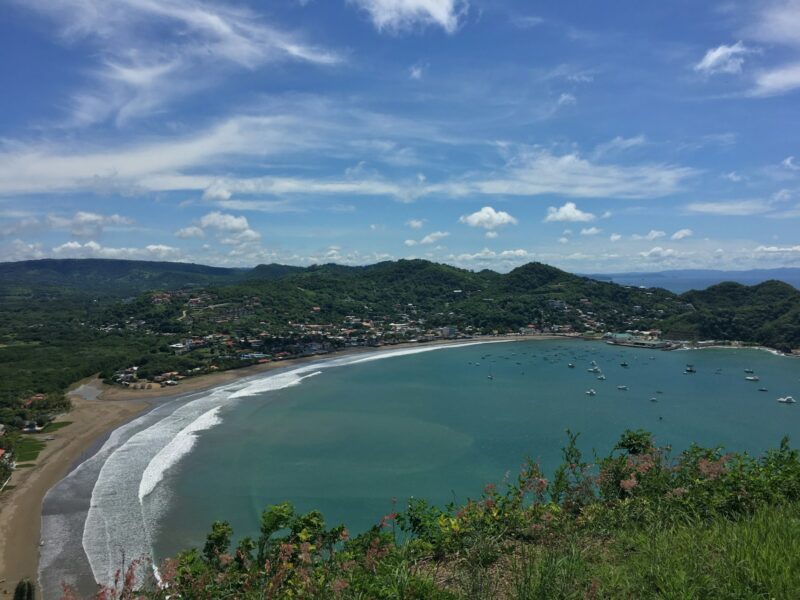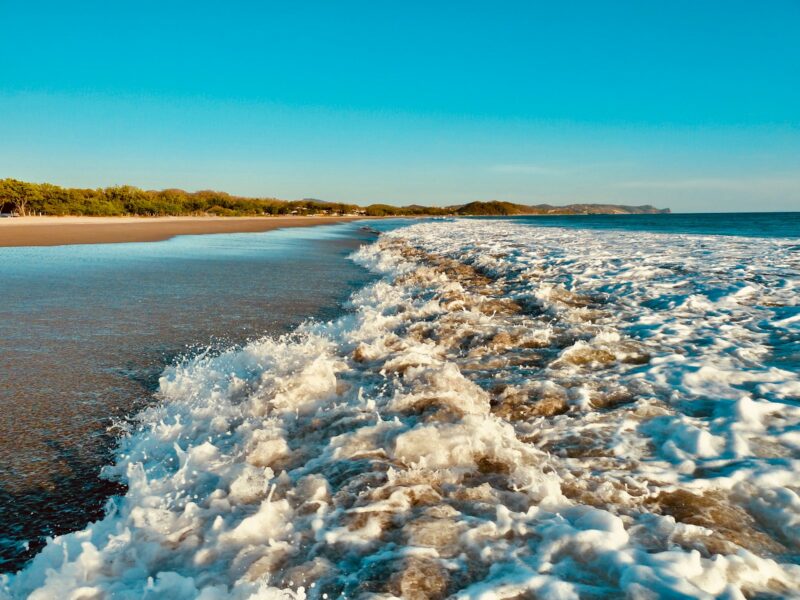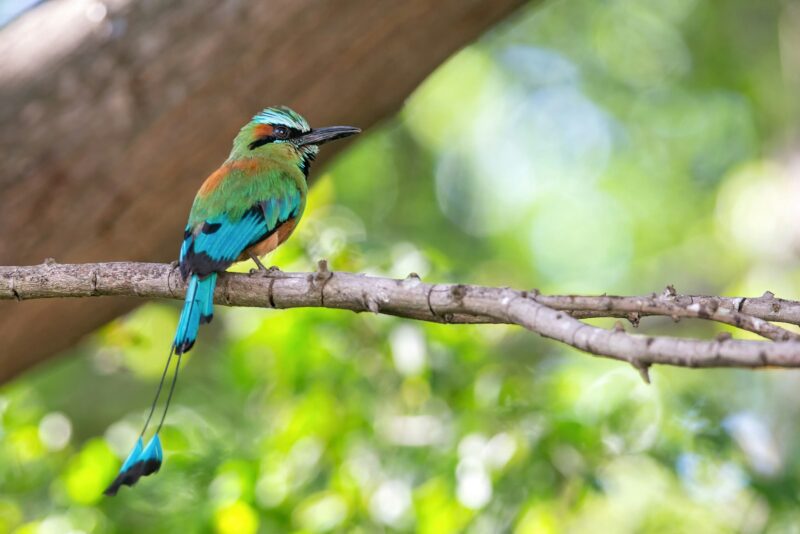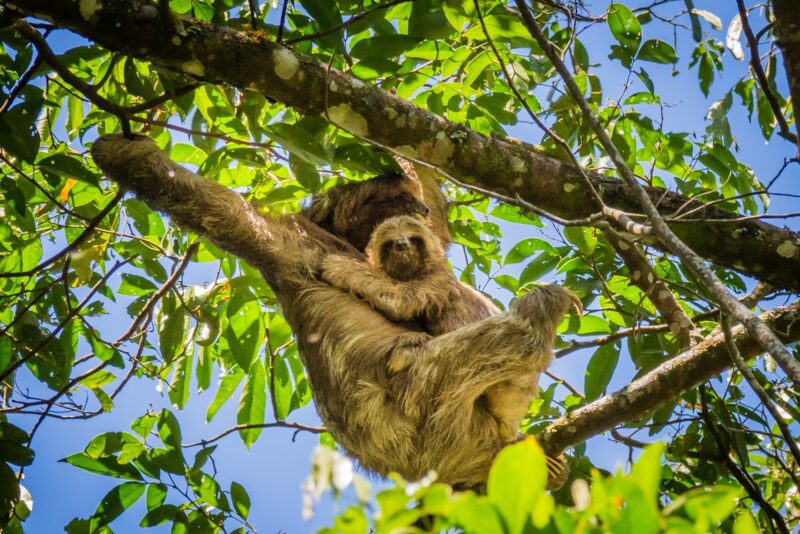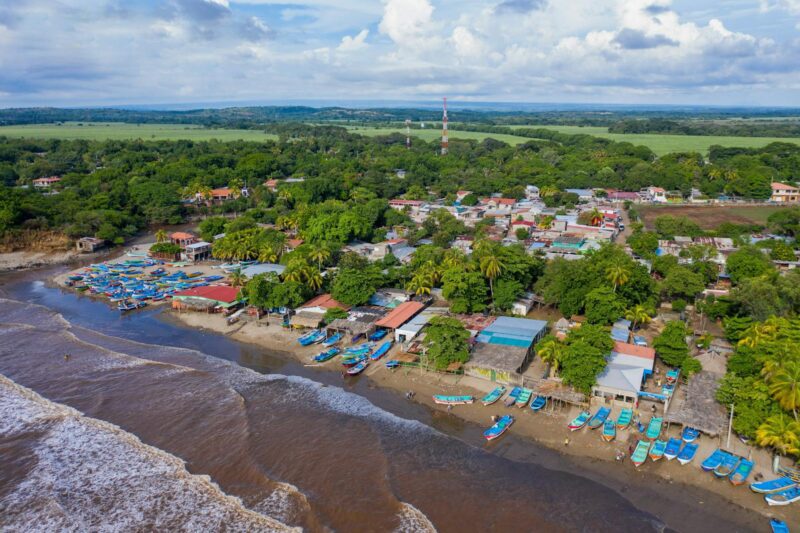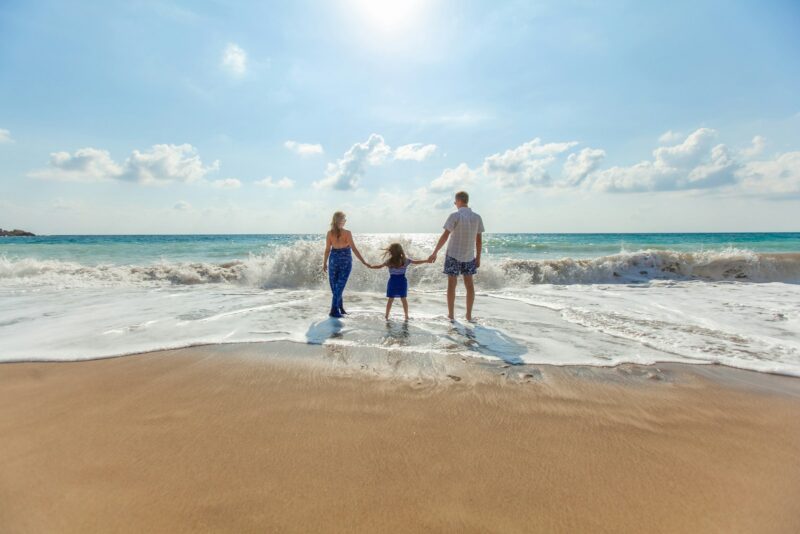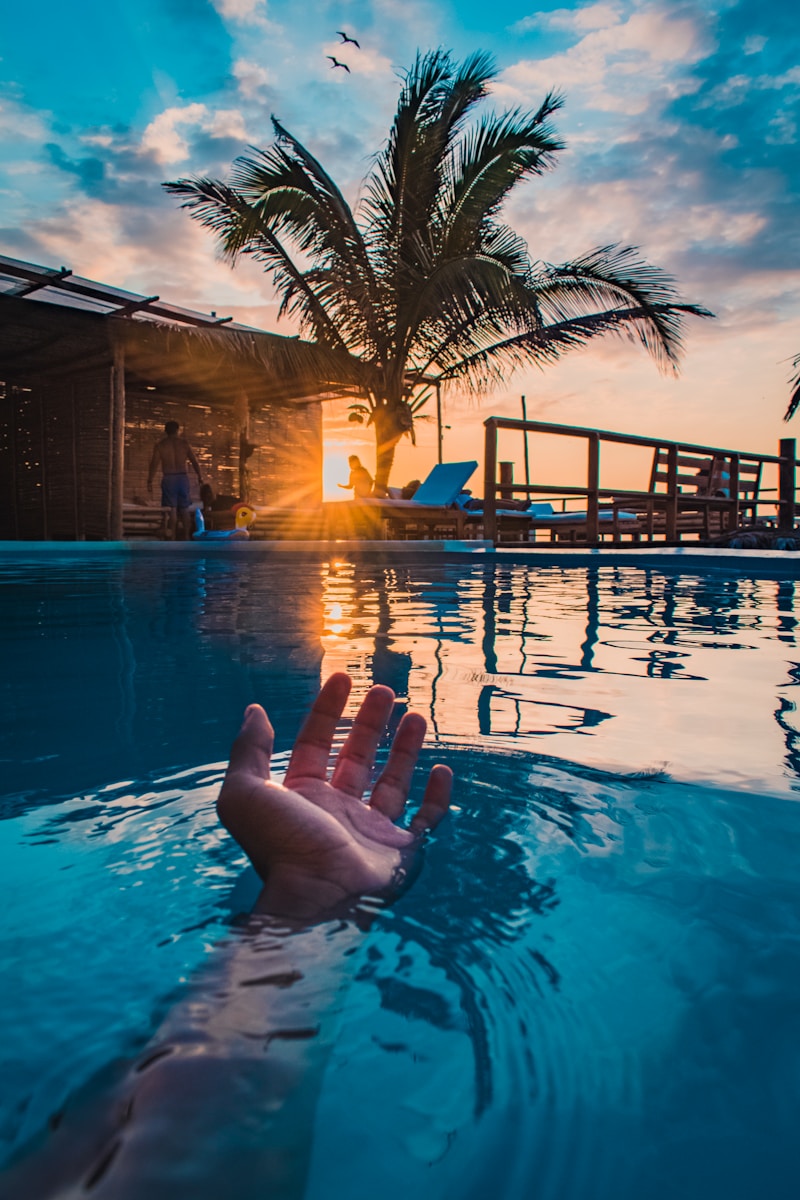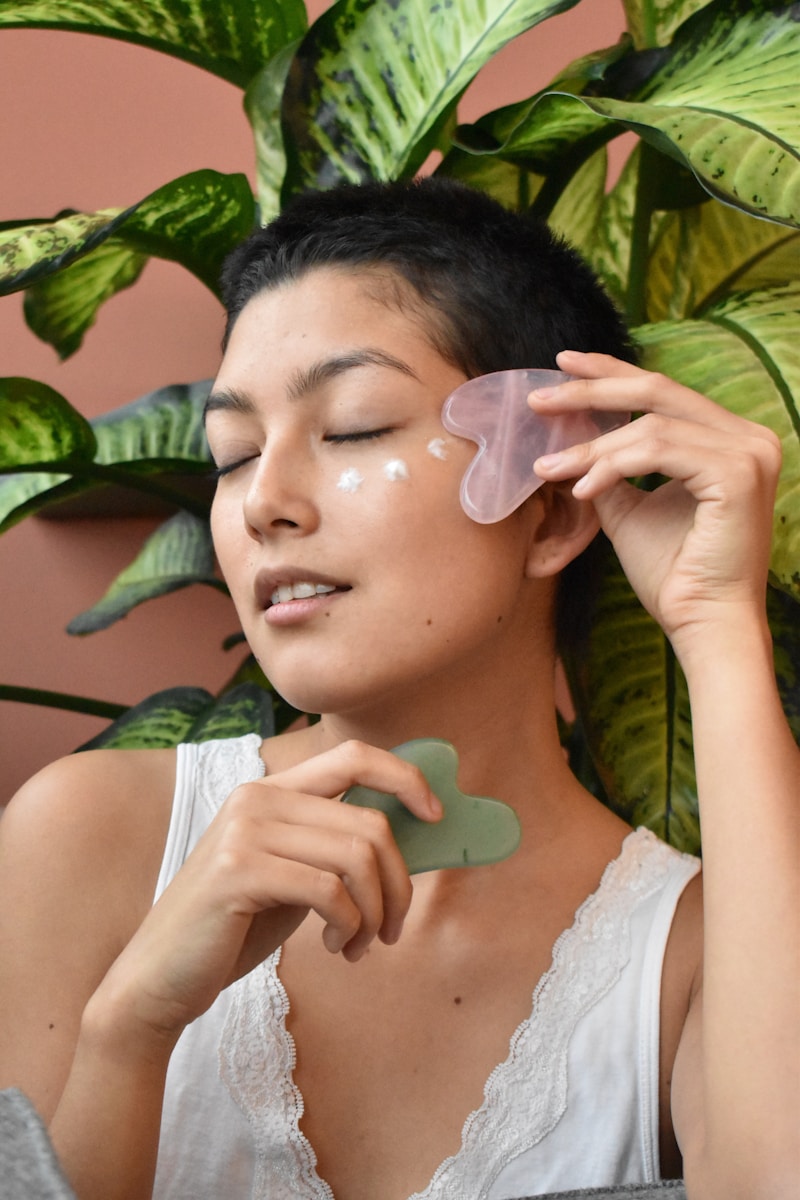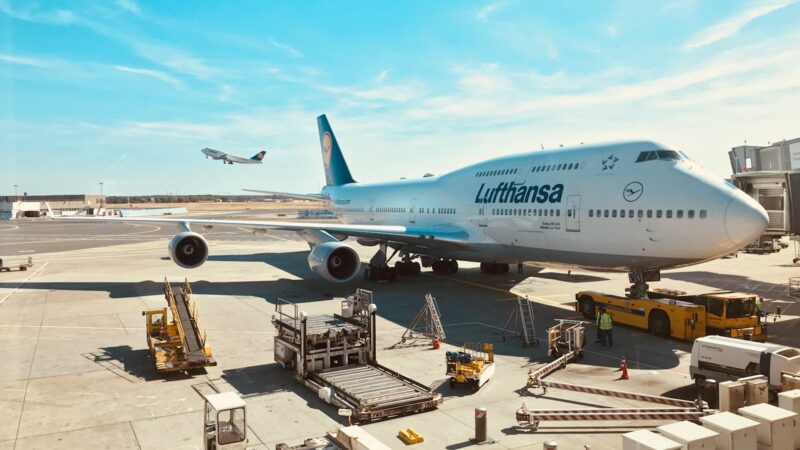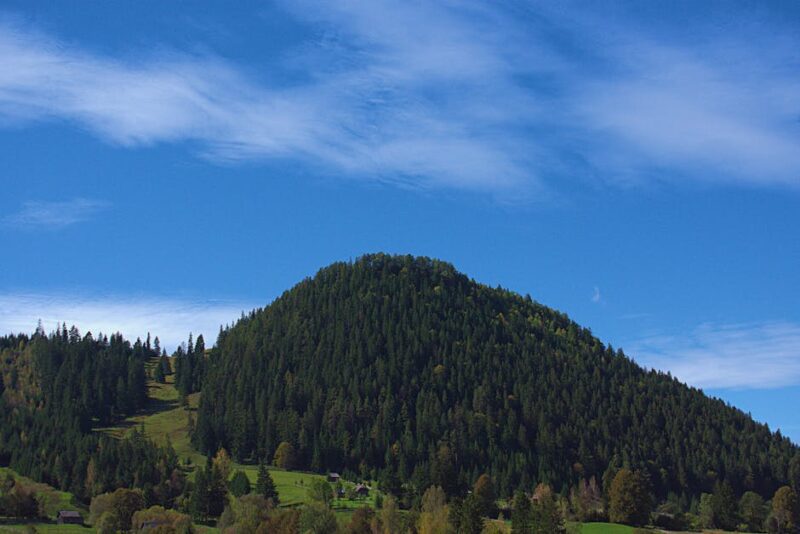Nicaragua, often referred to as the Land of Lakes and Volcanoes, is a vibrant country nestled in the heart of Central America. It is a land that weaves together a tapestry of natural wonders, colonial architecture, and rich cultural expressions. As I’ve explored its diverse landscapes, from the sun-drenched Pacific coast to the lush, verdant rainforests, I’ve found that Nicaragua offers a compelling array of experiences for travelers seeking both adventure and relaxation.
My travels through Nicaragua have revealed that this nation pulses with life, offering an abundance of activities ranging from trekking up smoldering volcanic peaks to unwinding on the pristine beaches that line its coast. The enchanting historical cities, such as Granada and León, serve as gateways to the past with their cobblestone streets and colonial churches, telling the stories of a bygone era against the backdrop of modern-day festivities and traditions.
Table of Contents
ToggleKey Takeaways
- Nicaragua’s natural and cultural attractions cater to a variety of travel preferences.
- Ideal travel periods vary, with distinct seasons offering unique experiences.
- Strategic planning enhances the travel experience, encompassing transportation, accommodation, and itineraries.
Understanding Nicaragua
When traveling to Nicaragua, it’s important to become acquainted with the country’s rich culture, which is a vibrant blend of indigenous and Spanish influences. Traditional music, dance, and folklore reflect this heritage, particularly during colorful festivals and celebrations. In this Central American nation, I find that the interweaving of past and present creates a dynamic and inviting atmosphere.
Languages: Spanish is the official language of Nicaragua and is widely spoken. However, on the Caribbean coast, English and indigenous languages are also common. Knowing some basic Spanish phrases can be beneficial for me when navigating the country and interacting with locals.
Currency: The Nicaraguan Córdoba (NIO) is the national currency. While traveling, I always keep some cash on hand because credit cards may not be accepted everywhere, especially in smaller towns and rural areas.
Climate: In Nicaragua, the climate varies, but it generally consists of a dry season (November to April) and a rainy season (May to October). The dry season offers sunny days ideal for exploring, while the rainy season, despite the downpours, brings lush landscapes and fewer tourists.
- Dry Season: Hot and dry, this is the peak time for travel.
- Rainy Season: Expect daily rain, potentially heavy at times, but with cooler temperatures.
When to Visit
When planning a trip to Nicaragua, the climate and seasons play a significant role in deciding the best time for your visit. I’ll break down the specifics of Nicaragua’s weather patterns and suggest the most favorable time to enjoy your travels.
Best Time to Visit Nicaragua
The ideal time to visit Nicaragua is during the dry season, which runs from November to May. During these months, you can expect minimal rainfall and more sunny days, making it the perfect climate for exploring the country‘s vibrant cities, lush landscapes, and beautiful beaches.
- Temperature: Daytime temperatures are generally warm, ranging from the high 20s to low 30s Celsius (high 80s to low 90s Fahrenheit), ensuring a tropical climate that complements outdoor activities like hiking, bird watching, and surfing.
Climate and Seasons
Climate: Nicaragua experiences a tropical climate characterized by a wet and a dry season. The terrain can heavily influence the local climate, with the Central Highlands being cooler than the lowland areas.
- Wet Season: The months of June to October are known as the “green season” or wet season. This period is marked by heavier rains, which can impact travel plans due to the occasional tropical downpour. However, the countryside is lush and the temperatures are slightly cooler.
It’s worth noting that although the wet season can bring daily rains, they often occur in the afternoon, leaving the mornings clear for exploration. Outdoor adventurers might find this time of year appealing, as the rainforests are at their most verdant and waterfalls are particularly impressive.
Getting There & Around
When planning a trip to Nicaragua, understanding the transportation options is crucial for a smooth experience. From the moment you arrive by plane to navigating the local roads, here’s how I tackle each mode of transportation.
By Plane
Upon arriving in Nicaragua, most travelers land at Managua International Airport (MGA), which is the country’s main gateway. For domestic flights, I usually rely on La Costeña, which offers convenient services to popular destinations like the Corn Islands and Bluefields. Their planes are smaller, so it’s a different experience from your typical commercial flight, but they’re a key part of the journey for reaching Nicaragua’s more remote gems.
Public Transport
The most common and budget-friendly way to get around Nicaragua is by using the iconic Chicken Bus. These are retired school buses from North America that have been given a second life and are perfect for short distances. They can be crowded and less comfortable than other options, but they’re incredibly cheap and give you a real taste of local life.
Rental Car
I sometimes prefer the freedom of a rental car, especially for exploring places off the beaten path. While some roads can be challenging, having a car allows me to visit destinations at my own pace. It’s important to note that you’ll need adequate insurance, and I recommend renting from reputable companies to ensure a stress-free experience.
Shuttle Services
For a balance between cost and comfort, shuttle services are my go-to. These are especially popular among travelers moving between tourist destinations like Granada, Leon, or San Juan del Sur. While more expensive than public buses, shuttles offer the convenience of direct routes and they often include a Tourist Card which can expedite your travel and provide discounts.
Remember, no matter which mode of transportation you choose, it is essential to stay aware of your surroundings and keep your belongings secure at all times to enjoy a hassle-free adventure in Nicaragua.
Must-See Cities & Colonial Towns
I find that Nicaragua’s historical richness is most vividly captured in its colonial cities and towns. Granada and León, in particular, stand out as living museums, showcasing the country’s historical narrative through their impressive colonial architecture.
Granada
Granada is not only one of the most picturesque cities in Nicaragua, but also one of the oldest in Central America. I particularly admire its well-preserved colonial charm, evident in the city’s vibrant buildings and cobblestoned streets. The colonial churches, such as the iconic yellow and white Granada Cathedral, serve as a reminder of the city’s Spanish heritage. Strolling down Calle La Calzada, I am often captivated by the array of colorful facades and enticing eateries offering local gastronomy. For a panoramic view, a visit to the bell tower of Iglesia de la Merced is a must. To further immerse in the city’s grandeur, boating through the Islets of Granada offers a unique perspective of this colonial gem.
Rediscover Nicaragua’s Colonial Cities – Nicaragua Tourism
León
León, the fiery counterpart to Granada’s cool demeanor, is a hub for revolutionaries and intellectuals, which I find particularly stimulating. The city’s history is palpable, with tales of poets and revolution woven into its fabric. León’s cathedral, notably the largest in Central America, dominates the skyline with its grand presence. I always recommend visiting the rooftop, where travelers can experience breathtaking views over the city and surrounding volcanoes. The art scene here is robust, with murals depicting historical events and galleries dedicated to local and international art. For me, the Museo de Arte Fundación Ortiz-Guardián is an epitome of León’s dedication to culture and history.
The Most Beautiful Historical Towns and Cities in Nicaragua – Culture Trip
Natural Wonders of Nicaragua
Nicaragua is blessed with a rich tapestry of natural landscapes, from the majestic volcanoes dotting its skyline to the enchanting forests that cloak large swathes of the country. I’ve found that within these diverse ecosystems, adventure and serenity go hand in hand, as visitors have the opportunity to engage with nature at its most pristine and powerful.
Volcanoes and Lakes
Nicaragua’s dramatic volcanic landscape is unparalleled, with Masaya Volcano offering an extraordinary view into an active volcanic crater. It’s not only a sight to behold but a unique geological study; its consistent activity allows me a glimpse into the Earth’s vibrant internal processes. Moving south, Cerro Negro is one of the youngest volcanoes in Central America and provides thrilling volcano boarding experiences down its gravelly slopes.
Here’s what I consider a must-see: Lake Nicaragua, one of the largest freshwater lakes in the Americas, is home to the twin volcanic islands of Ometepe, formed by the volcanoes Concepción and Maderas. This vast body of water has always struck me as a natural wonder in its own right, with its own set of freshwater sharks, a phenomenon rarely seen elsewhere.
Forests and Biosphere Reserves
When it comes to forests, the Bosawás Biosphere Reserve in the northern part of Nicaragua stands out. It’s one of the largest rainforest reserves in Central America, and I find its preservation key to the survival of many species. This extensive reserve is a haven for biodiversity, providing shelter for jaguars, harpy eagles, and many other creatures that I may otherwise never witness.
Closer to Granada, Laguna de Apoyo is a stunning natural volcanic lake situated within a crater. The lush forests surrounding the lagoon teem with wildlife, offering peaceful respite and natural beauty that I find both rejuvenating and invigorating. The clear waters and rich biotic variety create an ecological sanctuary that continues to captivate my senses with each visit.
In summary, Nicaragua’s array of natural attractions, from the rumbling volcanoes to the serene forests and everything in between, has always beckoned me back for more exploration and admiration.
Island Retreats
Nicaragua offers splendid island retreats, each serving as a unique slice of paradise. Away from the hustle and bustle of the mainland, these islands are havens of natural wonders and tranquil escapism. Whether you’re looking for a serene getaway or an adventurous exploration, these islands cater to all.
Corn Islands
The Corn Islands are two islands off the Caribbean coast of Nicaragua known for their crystal-clear waters and vibrant marine life. Little Corn Island is especially popular for its pristine beaches and relaxed atmosphere, indicated by the absence of cars. Only reachable by boat from Big Corn Island, visitors can enjoy scuba diving, snorkeling, or just unwinding on the peaceful sandy beaches. The Corn Islands are a testament to Nicaragua’s diverse and untouched natural beauty.
- Big Corn Island: Offers a variety of affordable accommodations
- Little Corn Island: Known for its ecolodges and the ability to truly disconnect from modern-day distractions.
Ometepe Island
On Ometepe Island, formed by two volcanoes rising from Lake Nicaragua, adventure and tranquility coexist. The twin peaks of Concepción and Maderas are breathtaking, dominating the island’s landscape and providing a range of hiking opportunities for those looking to trek through cloud forests to the crater’s edge. I find this island rich in archaeological history, with petroglyphs dotting the landscape. Culturally and naturally rich, Ometepe is an impeccable choice for those who seek a more grounded retreat.
- Activities on Ometepe Island:
- Hiking the volcanoes
- Kayaking in Lake Nicaragua
- Exploring ancient petroglyphs
The natural beauty and cultural richness of these islands offer experiences that stay with you long after your visit. I believe the islands’ astonishing biodiversity and immersive cultural landscapes make them precious gems in Nicaragua’s crown of tourist destinations.
Adventure & Activities
Nicaragua offers some of the most exhilarating adventure and activities in Central America. I am excited to guide you through the thrilling options available, from the rush of volcano boarding to the world-class waves that attract surfers globally.
Volcano Boarding
Volcano boarding down the slopes of Cerro Negro, an active volcano, is a must-try activity for those seeking an adrenaline rush while exploring Nicaragua’s unique landscapes. Participants don protective gear and slide down the volcanic ash at exhilarating speeds, experiencing a thrilling blend of excitement and awe at the natural surroundings. This adventure not only promises a heart-pounding descent but also offers a chance to witness the raw power of nature up close.
Surfing Hotspots
Nicaragua’s Pacific Coast is renowned as a surfer’s paradise, offering iconic waves at destinations such as Popoyo and Playa Maderas. Popoyo is celebrated for its consistent swell that caters to both novices and professional surfers, ensuring that everyone can find a wave to ride. Meanwhile, Playa Maderas is the quintessential spot for those in pursuit of excellent surf in a relaxed atmosphere, embraced by stunning natural scenery. Whether you’re aiming to stand on a surfboard for the first time or looking to master the art of wave riding, these locations promise an unforgettable experience on the water.
Cultural Experiences
Local Cuisine
Nicaraguan cuisine presents a sumptuous mosaic of indigenous and Spanish influences, showcasing a diverse culinary landscape. A fundamental component of this gastronomic array is Gallo Pinto, a satisfying concoction of rice and beans that is a staple across the country. For an authentic taste of Nicaragua, one should not miss Nacatamales, which stand out as a local delicacy. These treats are akin to Mexican tamales but carry a distinct Nicaraguan twist, brimming with meat, rice, potatoes, and tomatoes, all encased in banana leaves.
Some other worthy indulgences to consider trying include Indio Viejo, a hearty stew blending corn dough with meat and vegetables, and Vigorón, a colorful plate of yucca, pork rinds, and a tangy cabbage salad. To satisfy a sweet craving, the coconut-infused dessert Rondón offers a perfect finale to any meal. Each dish is a flavorful invitation to explore Nicaragua’s rich cultural flavors and is an essential experience for culinary adventurers.
Arts and Crafts
The artistic expressions of Nicaragua are a testament to the nation’s rich culture and history. Art lovers will be fascinated by the murals that adorn the cities, echoing the country’s political past and its cultural rebirth. Local markets offer an abundance of arts and crafts, displaying the intricate work of indigenous and Creole artisans. Whether it’s pottery from the small town of San Juan de Oriente or woven goods from the Masaya market, the craftsmanship is exceptional.
Artistic Highlights:
- Murals: Stories of Nicaragua on walls.
- Craftsmanship: Pottery and textiles rich with heritage.
Beaches of Nicaragua
Nicaragua’s coastline is blessed with stunning beaches, whether you’re seeking the surf-friendly Pacific shores or the serene Caribbean retreats. You’ll find everything from vibrant beach towns like San Juan del Sur to tranquil white-sand beaches that dot the Caribbean Sea.
Pacific Coast Beaches
On the Pacific side, San Juan del Sur stands out as a hub for both surfers and travelers looking to soak up a beach town vibe. The nearby Playa Hermosa is acclaimed for its broad stretches of sand and consistent surf break. Thanks to Nicaragua’s geographical position, the Pacific Coast enjoys year-round waves, making it a haven for surf enthusiasts.
- Top picks on the Pacific Coast:
- San Juan del Sur: A lively beach town with access to multiple surf breaks
- Playa Hermosa: Known for its beautiful sandy coastline and surf opportunities
Visitors to these beaches can expect a mix of relaxation and adventure, with options ranging from lounging under the sun to partaking in invigorating water sports.
Caribbean Delights
To the east lies the less frequented, but equally captivating, Caribbean Sea. Areas such as Bluefields offer a different perspective on Nicaraguan culture with their unique Afro-Caribbean influence. The white-sand beaches on this side are often regarded as more pristine and secluded compared to their Pacific counterparts.
- Top picks on the Caribbean Sea:
- Corn Islands: Idyllic white-sand beaches and clear turquoise waters ideal for snorkeling
- Bluefields: A cultural hub with access to a variety of nearby tropical islands
Relaxation comes naturally here, where the pace is slower and the scenery is postcard-worthy.
In my travels through Nicaragua, I’ve found both coasts have their distinct charms, making the country’s beaches truly remarkable. Whether you’re drawn to the energetic Pacific surf scene or the laid-back Caribbean ambiance, there’s a Nicaraguan beach that’s perfect for you.
Safety and Tips
In my travels through Nicaragua, I’ve learned that staying safe requires awareness and preparation. Here’s a concise guide:
Safety in Nicaragua: Nicaragua’s natural beauty is undeniable, but, like many places, it has political and social complexities. It is wise to keep abreast of the current political climate due to periodic demonstrations. Avoid gatherings and areas where protests are taking place as they can sometimes escalate.
Safety Tips:
- Travel Insurance: Always secure comprehensive travel insurance before your trip. This prepares you for unexpected medical emergencies, theft, or trip cancellations.
- Theft: Petty theft exists, as in many tourist destinations. Be vigilant with personal belongings, especially in crowded areas. Use hotel safes when available.
- Authoritarian Concerns: Travelers should be aware of the country’s authoritarian governance. It’s best to avoid discussing politics in public spaces.
Crime: More serious crime rates are relatively low, but it’s important to take standard precautions:
- Avoid traveling alone at night.
- Keep a copy of important documents.
- Don’t flash valuable items.
- Getting Around: Use licensed taxis or recommended transportation services.
- Health: Keep up-to-date with vaccinations and have a plan for accessing medical care.
- Local Laws and Customs: Familiarize yourself with them to avoid unwitting offenses.
Remember, a well-prepared traveler is a safer traveler. Stay informed, stay insured, and enjoy the rich experiences Nicaragua has to offer.
Planning Your Trip
When I plan a trip to Nicaragua, my priority is to create a flexible itinerary that allows me to explore the country’s rich natural and cultural landscapes, while also ensuring I have comfortable accommodations to rest in after a day of adventure.
Itinerary Suggestions
For my Nicaragua itinerary, I usually start with mapping out the must-visit destinations to gauge travel times between them. A one-week plan might focus on the highlights such as the colonial charm of Granada, the volcanic landscapes of Masaya, and the surf spots of San Juan del Sur. Those with two weeks could add in Ometepe Island and the Corn Islands for a more diverse experience. Backpacking across Nicaragua allows for an immersive experience, letting me adjust my plans as I go. Having a physical or digital map is essential for navigation and timing my journeys.
- 1 Week Plan:
- Day 1-2: Granada
- Day 3: Masaya Volcano
- Day 4-5: San Juan del Sur
- Day 6-7: Leon
- 2 Weeks Plan:
- Add: Ometepe Island (Days 8-10)
- Add: Corn Islands (Days 11-14)
Accommodations
In terms of accommodations, I’ve found that boutique hotels offer a perfect blend of local character and modern amenities. The Tribal Hotel in Granada is one option I consider, known for its stylish decor and central location. For a more budget-friendly stay, hostels are widely available, especially in backpacker-friendly cities like Granada and Leon. Here’s a quick reference for my preferred type of lodging based on location and style:
- Granada:
- Boutique: Tribal Hotel
- Budget: Hostels near Parque Central
- San Juan del Sur:
- Boutique: Oceanfront properties
- Budget: Beach hostels
- Leon:
- Boutique: Historic guesthouses
- Budget: Backpacker hostels near the cathedral
Booking accommodations in advance, especially during peak season, is something I make sure to do to secure my spot in these unique places.
Frequently Asked Questions
When planning a trip to Nicaragua, I understand that you may have concerns about safety, visa requirements, and the best times to travel. Here is succinct and clear information addressing some of the most common queries.
What are the current travel safety concerns for visitors to Nicaragua?
For current travel safety, it is imperative to check the latest advisories and stay informed about local conditions. Petty crime can occur in tourist areas, and I recommend exercising caution, using common sense, and keeping valuables secure.
What areas are popular among expatriates living in Nicaragua?
Expatriates often gravitate towards cities like Granada and San Juan del Sur. These areas offer vibrant expat communities, with amenities and a lower cost of living that appeal to those looking to reside in Nicaragua.
What are the best months for visiting Nicaragua to experience favorable weather?
To enjoy favorable weather, aim to visit Nicaragua during the dry season, which runs from November to April. This period typically offers sunny, rain-free days ideal for outdoor activities and travel.
What visa regulations does one need to be aware of when traveling to Nicaragua?
Most tourists don’t require a visa and can stay for up to 90 days with a tourist card that may be obtained on arrival. However, visa regulations may vary based on country of origin, and it’s crucial to verify the requirements before departure.



